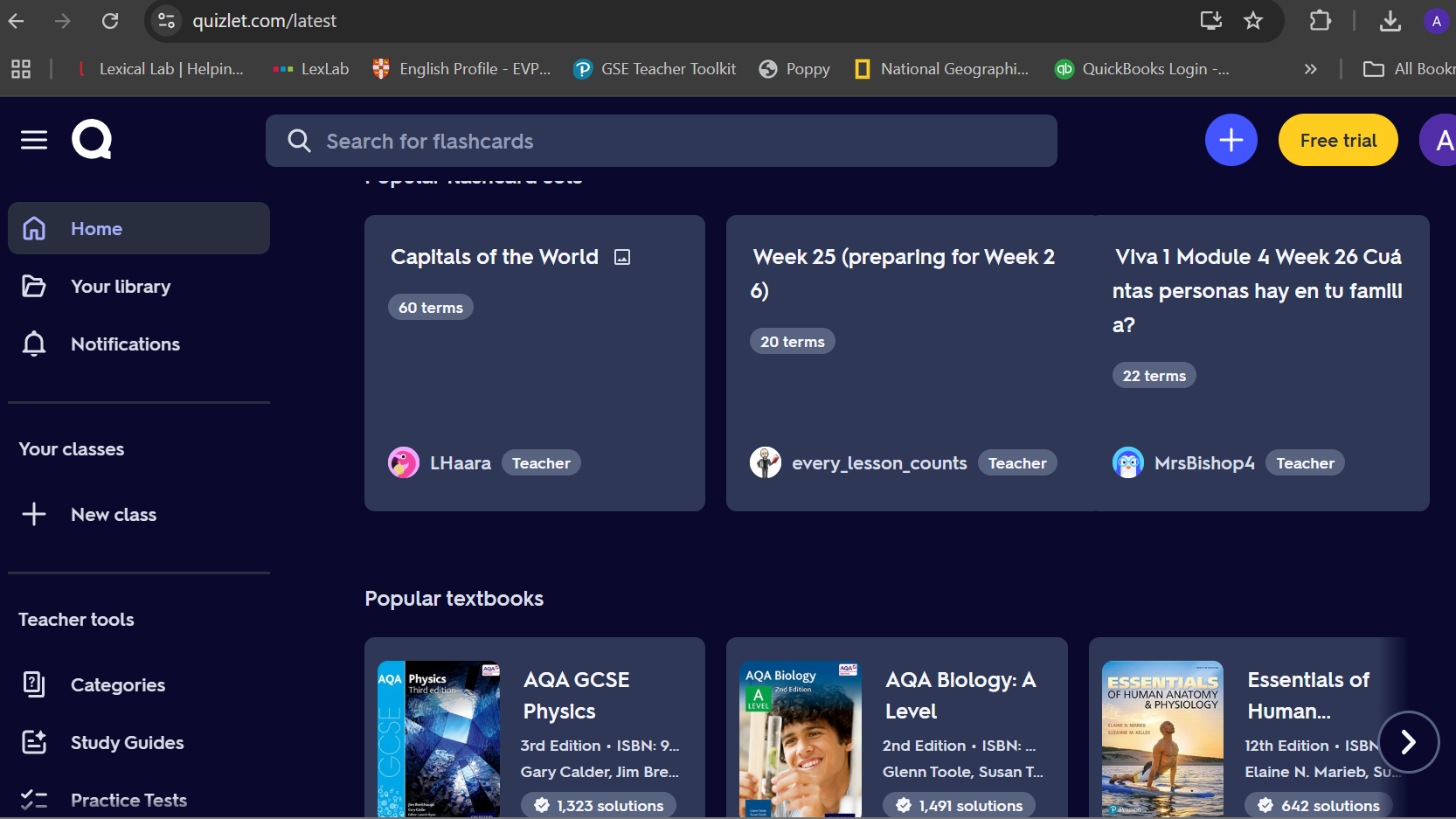More activities to revise language in class at low levels
Why do activities to revise language in class? Teachers sometimes see class time as only for ‘new’ input. Revision is for students to do at home. I understand that idea. It also depends a bit how long your class is. If you have one 50 or 60-minute class a week, maybe that makes some sense. And students do have to take some responsibility, right? Ultimately, languages are truly learnt and certainly become more ‘real’ when students study and use the language outside class. But then many students set aside 3 or 4 hours of their week to do a class, so expecting a huge amount extra is not...


